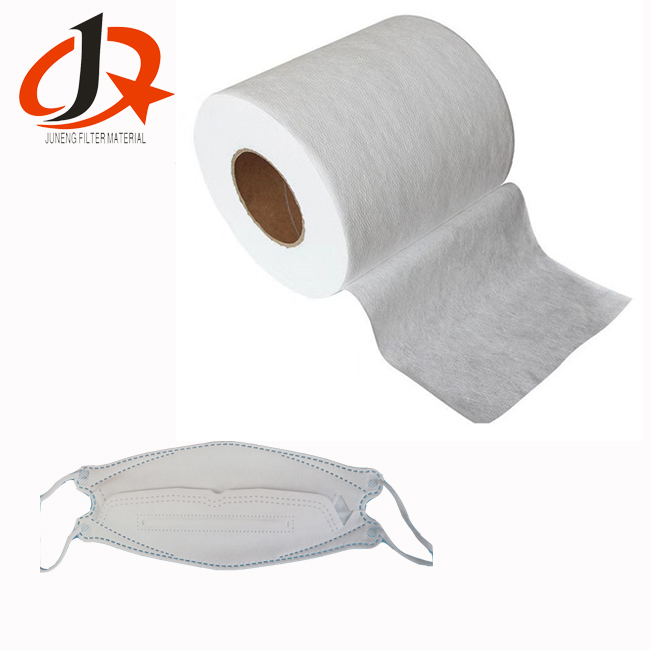
What are the classifications of PFE99 Melt-blown wipes
- Categories:Industry Information
- Author:
- Origin:
- Time of issue:2021-12-01
- Views:
(Summary description)PFE99 Melt-blown wipes, as the raw material of masks, have been well-known recently. So what is meltblown cloth? Maybe everyone wants to know. Today, as Dongguan Tuoyuan with more than ten years of experience in melt blown cloth, I will share with you.
What are the classifications of PFE99 Melt-blown wipes
(Summary description)PFE99 Melt-blown wipes, as the raw material of masks, have been well-known recently. So what is meltblown cloth? Maybe everyone wants to know. Today, as Dongguan Tuoyuan with more than ten years of experience in melt blown cloth, I will share with you.
- Categories:Industry Information
- Author:
- Origin:
- Time of issue:2021-12-01
- Views:
PFE99 Melt-blown wipes, as the raw material of masks, have been well-known recently. So what is meltblown cloth? Maybe everyone wants to know. Today, as Dongguan Tuoyuan with more than ten years of experience in melt blown cloth, I will share with you.

PFE99 Melt-blown wipes mainly use polypropylene as the main raw material, and the fiber diameter can reach 1 to 5 microns. There are many voids, fluffy structure, and good wrinkle resistance. These ultra-fine fibers with unique capillary structure increase the number and surface area of fibers per unit area, so that the meltblown cloth has good filterability, shielding, heat insulation and oil absorption. . At the same time, it has a wide range of uses, which can be used in fields such as air, liquid filter materials, isolation materials, absorbent materials, mask materials, thermal insulation materials, oil-absorbing materials and wipes.
So, what are the types of PFE99 Melt-blown wipes? In fact, there is no more precise distribution. It is generally distinguished according to the bacterial filtration rate or the particle filtration rate. Bacterial filtration rate is abbreviated as BFE. It uses a flow rate of 32L/MIN to test the filtration efficiency of 3 micron bacteria. Strictly speaking, it needs to cultivate bacteria to test. The simple test method is to use NACI aerosol test, which is for reference only. Then, there is another way to distinguish according to the particle filtration rate, and the flow rate and oil-salt particles tested under each requirement are different.
Generally, the domestic test in China is to test the filtration efficiency of 0.3 micron particles at a flow rate of 85L/MIN. The European Union CEEN149 tests the efficiency of oil dust filtration according to the DOP method, and the flow rate is also different. So we see that FFP1, FFP2, FFP3 are all tested oily filtration efficiency, and this requirement is relatively high.

How to Choose the Right Oil Absorbent Pads for your Business

The Top 10 Oil Absorbent Pads for Industrial Applications

The Benefits of Using Wholesale Oil Absorbent Pads in the Filtration Industry

Choose the Best Wholesale Oil Absorbent Pads for Your Industrial Needs
ADD:No.399 West Section Of Fucheng Avenue,Hi-Tech Zone,ChengDu,China

Key words:
Filter Material Adsorption Products Filter Adsorption Medical Accessories Medical Liquid Absorbent Pad Oil Absorbent Cotton Oil Absorbent Cord Graphene Respirator Mask Material PM2.5
©2021 Sichuan Juneng Filter Material Co.,ltd Copyright Powered by www.300.cn








